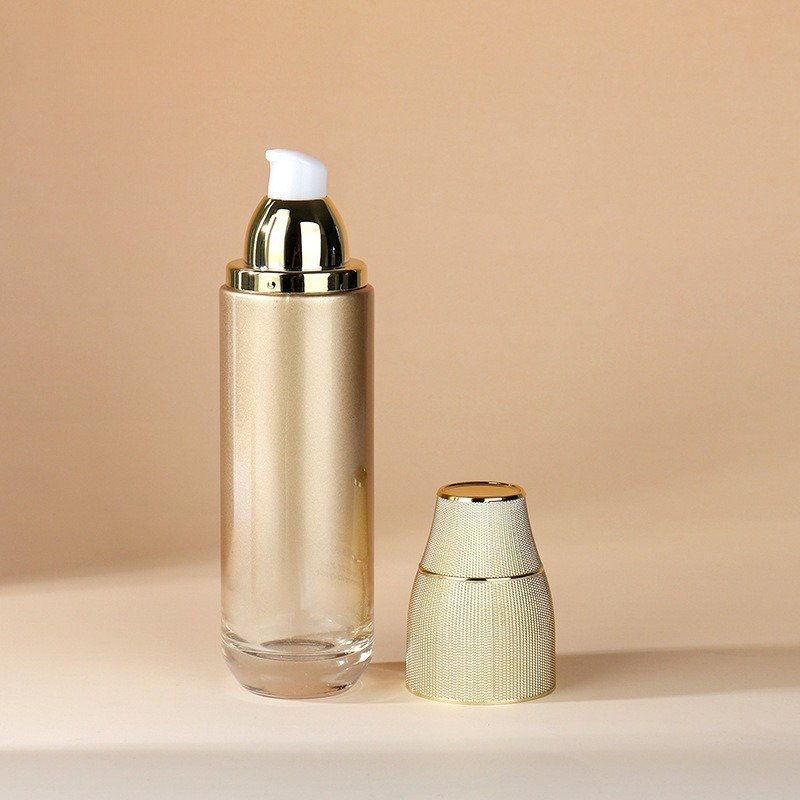Introduction
When selecting skincare and cosmetic products, consumers often focus on ingredients, brand reputation, and efficacy. However, packaging plays a crucial role in preserving product quality, ensuring hygiene, and enhancing user experience. Among various packaging options, pump bottles are widely used for their convenience and functionality. This article explores the function of pump bottles, their advantages, and how to choose the right packaging for different product types.

What Is a Pump Bottle?
A pump bottle is a type of dispensing container that uses a mechanical pump mechanism to release liquid or semi-liquid products in controlled amounts. It consists of:
- Bottle body (usually plastic or glass)
- Pump head (actuator)
- Dip tube (to draw product from the bottom)
- Spring mechanism (for controlled dispensing)
Pump bottles are commonly used for serums, lotions, toners, foundations, and hand sanitizers.
Key Functions of a Pump Bottle
1. Precise Dosage Control
Pump bottles allow users to dispense exact amounts of product, reducing waste. This is especially important for high-end serums or treatments where overuse can be costly.
2. Hygiene and Contamination Prevention
Unlike jars or open-top bottles, pump bottles minimize direct contact with air and bacteria, extending product shelf life.
3. Airless Technology (In Some Models)
Advanced pump bottles use airless dispensing systems, preventing oxidation of sensitive ingredients like vitamin C or retinol.
4. User Convenience
Pumps are easy to use with one hand, making them ideal for daily skincare routines.
5. Travel-Friendly Options
Many pump bottles come with lock mechanisms to prevent leakage during travel.
How to Choose the Right Pump Bottle for Your Product
Different skincare and cosmetic formulations require specific pump bottle designs. Below is a comparison table to help buyers select the best option:
| Product Type | Recommended Pump Bottle Features | Why It Matters |
|---|---|---|
| Serums & Ampoules | Airless pump, small nozzle (0.1-0.3mm) | Prevents oxidation of active ingredients |
| Lotions & Toners | Standard pump, medium flow rate (0.5-1ml per press) | Ensures even application without waste |
| Foundations | Foam or spray pump | Provides smooth, streak-free coverage |
| Hand Sanitizers | No-touch sensor pump | Enhances hygiene in public settings |
| Oil-Based Products | UV-protected bottle with a tight seal | Prevents degradation from light exposure |
Additional Considerations:
✔ Material – Glass is premium but fragile; PET plastic is lightweight and shatterproof.
✔ Pump Mechanism – Fine mist pumps for sprays, cream pumps for thicker textures.
✔ Customization – Brands can choose colors, finishes, and branding options.
Conclusion
Pump bottles are an essential packaging solution for skincare and cosmetics, offering hygiene, precision, and convenience. By understanding the different pump mechanisms and materials, buyers can make informed decisions to preserve product integrity and enhance user experience.
For brands, selecting the right pump bottle can improve customer satisfaction and reduce product waste, making it a smart investment in the competitive beauty market.
Would you like recommendations for specific brands or suppliers? Let us know in the comments!

